Adelaide residential rental returns on a high
Rents across Australia are growing at their fastest levels since 2009 and the Adelaide market is outpacing the national rise, but an increase in investment properties could soon subdue growth.

The Adelaide market still has the most affordable median rent of $430 per week of the eight Australian capitals across all dwelling types.
But according to CoreLogic figures released today, this figure has grown by 7.2 per cent in the 12 months to June 30 compared with the national average increase of 6.6 per cent.
Rents on houses performed even stronger in Adelaide, recording a 7.8 per cent increase for the year to June 30 to $448 while unit rents increased 4.5 per cent to a median of $365.
Darwin (21.8 per cent) and Perth (16.7 per cent) were the fastest growing markets for rents while Canberra remains the most expensive market with a median weekly rent of $620.
At the other end of the spectrum, rents declined by 1.4 per cent to $444 per week in Melbourne for the year.
Nationally, it is the highest annual growth in dwelling rents since January 2009.
CoreLogic’s Head of Research Australia, Eliza Owen, said the solid rental value increases come off the back of a quiet decade.
“Following subdued rental performance through much of the 2010s, the Australian rental market has seen an increase in values due to many of the same factors that have led to the current housing price upswing,” she said.
“These factors include increased government stimulus through COVID-19, accumulated household savings through lockdown periods, the swift economic recovery seen as restrictions eased, and a lack of rental supply in some markets have also exacerbated rental price increases.
“It is interesting to note that, as with house prices, rent prices are seeing a deceleration in growth at the national level and across each of the capital cities.
“This may reflect affordability constraints, but there could also be higher levels of rental supply as investor activity in the market increases.”
ABS data for May showed a 13.3 per cent increase in new finance for the purchase of investment properties.
“Overall, I think we can expect a similar outcome for the Australian rental market as the purchasing market,” Owen said.
“Very high rental growth is unsustainable while income growth remains subdued.
“The result will likely be more subdued growth rates in the coming quarters, especially as investor participation trends higher, delivering more rental supply.”
Adelaide home values increased by 13.9 per cent in the 12 months to June 30, narrowly outpacing the national average according to latest CoreLogic data.
The CoreLogic stats released this month show national home values rose 1.9 per cent in June, taking annual growth to 13.5 per cent for the financial year.
The growth in Australian dwelling values was led by houses, which rose 15.6 per cent over the year, compared to a 6.8 per cent lift in unit values.
Adelaide recorded a 1.6 per cent increase for the month of June to reach a median value of $508,712.
For the year, Darwin (21 per cent) had the highest growth of the capitals, followed by Hobart (19.6), Canberra (18.1) and Sydney (15).
Brisbane (13.2 per cent), Perth (9.8) and Melbourne (7.7) were all behind Adelaide in terms of growth.



